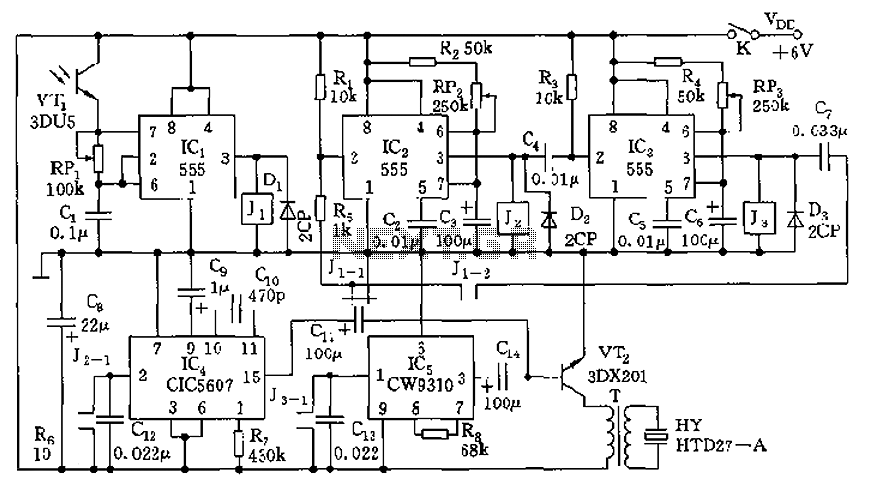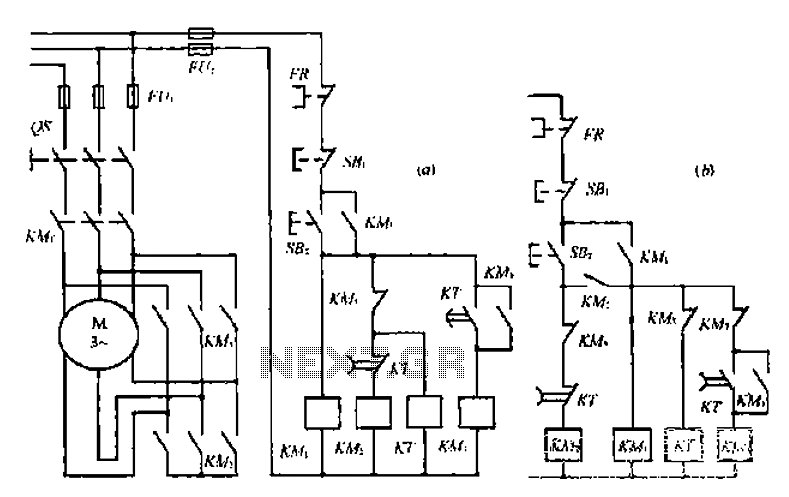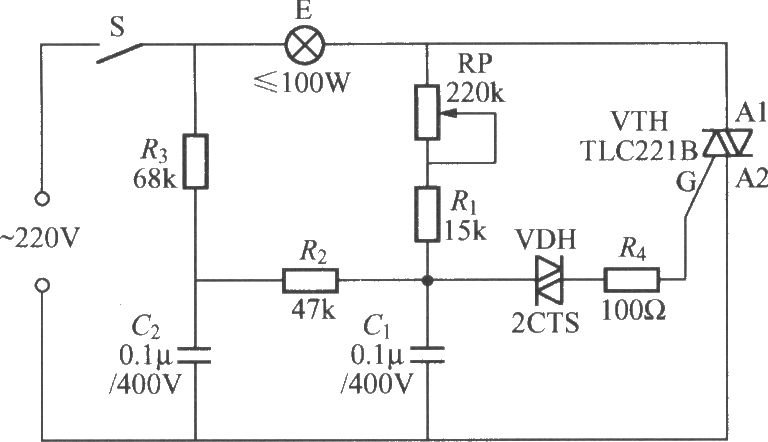
SF04E emission circuit diagram composed SF04B

The circuit diagram illustrates the SF04E emission and the corresponding SF04B. Part (A) depicts the composition of the remote control transmitter SF04E, along with its compatible receiving circuit, which can be assembled using the SJ04H. Part (B) presents the remote control transmitter circuit, which is composed of SF04B and incorporates the matching receiving circuit made up of SJ04E.
The SF04E and SF04B remote control transmitter circuits are designed for efficient wireless communication. The SF04E transmitter operates by emitting signals that can be received by the SJ04H matching circuit. This configuration allows for seamless transmission and reception of control signals over a specified range.
In part (A), the SF04E transmitter is detailed, highlighting its key components such as the oscillator circuit, modulator, and the antenna. The oscillator generates a carrier frequency, which is modulated by the input control signal. The modulated signal is then transmitted through the antenna, ensuring effective signal propagation.
Part (B) focuses on the SF04B transmitter circuit, which integrates the SJ04E receiving circuit. This receiving circuit is designed to capture the signals emitted by the SF04E transmitter. Key components of the SJ04E include the demodulator, which processes the incoming modulated signals, and the output stage that translates these signals into actionable commands.
Both circuits are crucial for enabling remote control functionalities in various applications, including consumer electronics and automation systems. The design emphasizes compatibility between the transmitter and receiver, ensuring reliable performance and ease of assembly. The overall schematic illustrates the necessary connections and component placements, providing a clear guide for implementation in practical scenarios. As shown in the circuit diagram SF04E emission and SF04B thereof. (A) shows a remote control transmitter SF04E composition, and it receives the matching circuit can SJ04H assem bly. (B) shows the remote control transmitter circuit consists SF04B composed by SJ04E its composition matching receive circuit.
The SF04E and SF04B remote control transmitter circuits are designed for efficient wireless communication. The SF04E transmitter operates by emitting signals that can be received by the SJ04H matching circuit. This configuration allows for seamless transmission and reception of control signals over a specified range.
In part (A), the SF04E transmitter is detailed, highlighting its key components such as the oscillator circuit, modulator, and the antenna. The oscillator generates a carrier frequency, which is modulated by the input control signal. The modulated signal is then transmitted through the antenna, ensuring effective signal propagation.
Part (B) focuses on the SF04B transmitter circuit, which integrates the SJ04E receiving circuit. This receiving circuit is designed to capture the signals emitted by the SF04E transmitter. Key components of the SJ04E include the demodulator, which processes the incoming modulated signals, and the output stage that translates these signals into actionable commands.
Both circuits are crucial for enabling remote control functionalities in various applications, including consumer electronics and automation systems. The design emphasizes compatibility between the transmitter and receiver, ensuring reliable performance and ease of assembly. The overall schematic illustrates the necessary connections and component placements, providing a clear guide for implementation in practical scenarios. As shown in the circuit diagram SF04E emission and SF04B thereof. (A) shows a remote control transmitter SF04E composition, and it receives the matching circuit can SJ04H assem bly. (B) shows the remote control transmitter circuit consists SF04B composed by SJ04E its composition matching receive circuit.





